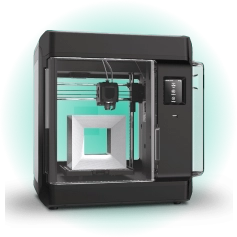Time to read: 9 min
Silicon Valley teems with slick hi-tech gadgets that make life, work, and play fun, but that at the end of the day none of us really, truly need. Then there are those devices that do actually improve lives or make play more interactive. But can a device help us change our habits?
That’s the question designer and engineer Kayla Matheus decided to answer, not just for herself but for all those of us looking to improve or enhance our lives and lifestyles.
Join us as we go down the habit-shifting rabbit hole with Kayla and her co-founder Laura Day. Their product—also the name of their company—is MOTI, a new “smart object” designed to help people form better habits.
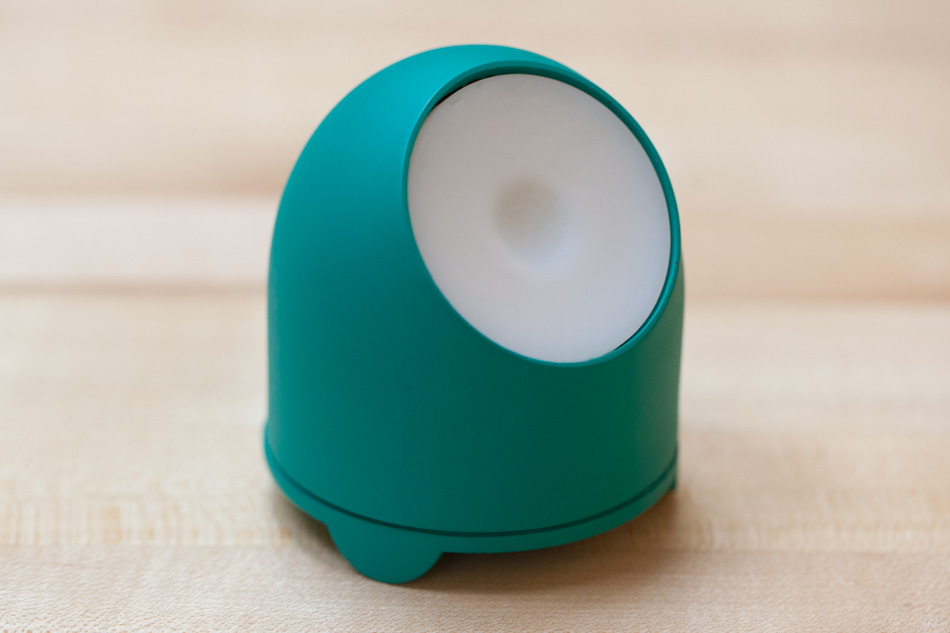
Two paths begin to converge
“It started with my own inability to form a habit,” shares Kayla. “Over a decade ago, I tore my ACL playing soccer. After surgery, I would see a PT [physical therapist]. I had the right tools and knew what exercises I needed to do to heal. But I just couldn’t form a routine I could follow on my own at home. And that made me feel super guilty.”
Instead of giving up, Kayla asked that pesky question all entrepreneurs ask: “Why?” Why was it so hard to motivate herself into a routine she knew was nothing but beneficial for her?

In another part of the world, someone else was asking why. In 2003, Laura Day was working with the U.S. military, “building functional things that keep people out of harm’s way—for example, robots that would find bombs and mines in Afghanistan. The soldiers would control them remotely, and it would be the robots, instead of the soldiers, that got blown up when they did come across a mine. But you know what? The soldiers got really attached to those things. They’d name them, and when they blew up, they held funerals for them. It was the same emotions they’d had for dogs, when dogs were used to find bombs. They were buds.”
Like Kayla, Laura would always ask, “Why? Why does this happen?”
“I started reading behavioral science and talking to experts and users,” Kayla says. “And I learned about habit loops—your brain needs the right triggers and rewards to solidify a routine. The problem typically is that all the ‘good for you’ habits, like running or eating healthy food, have delayed gratification—but all the ‘bad for you’ habits have immediate gratification.”
You mean like watching TV on the couch gobbling sweets, instead of hitting the gym, or staying up way too late on social media sites, instead of catching up on that restorative sleep?
Kayla nods. “That’s why we’re so good at the bad habits, and so bad at the good habits,” she says. “The way our brains work clashes with what we know we need or even want to do.”
Research before you deep-dive
Reading about human behavior wasn’t good enough, though.
“You do need to do a deep dive and research before inventing a product,” says Kayla. “When I taught human-centered design, I told my students that research and problem scoping always comes before invention. I applied the same process with MOTI. I was my own first data point, but I needed more, so I started interviewing hundreds of people about their habits, and then selected five people and followed them around for a month as they tried to form different habits.”
At first, Kayla thought it was an awareness problem. She helped her subjects identify the “triggers,” the actions or events that would remind the people she was shadowing they needed to do something, or do something differently. But that didn’t seem to help.
“Even when they were made aware of their own triggers and habits, they still didn’t change,” she says. “It’s not about lacking data, knowledge or even high-level motivation. It’s about actively inserting triggers into someone’s life without them having to think about it—and also tying it seamlessly to the immediate gratification our brains crave. You need to know the micro-motivation, and insert the habit-shifting reminder at that exact moment of the decision.”
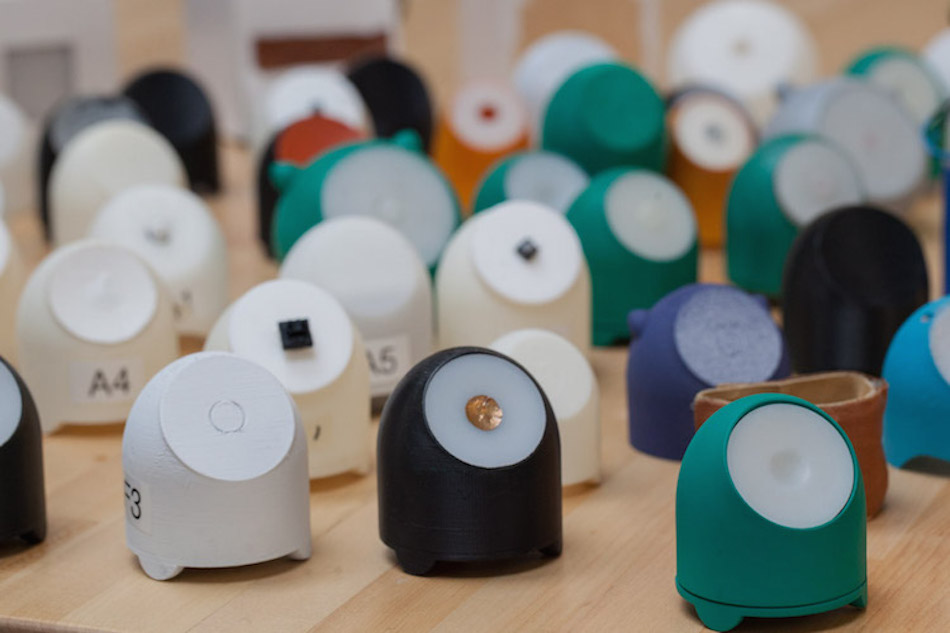
Following this initial research, Kayla, with her background in art and mechanical engineering and a passion for design thinking, was hooked. She could feel the entrepreneurial bug inside. All she had to do was to decide the “what.” How could she influence that moment of micro-motivation that is so critical to shifting established behavior and attitudes?
Tellingly, respondents talked a lot about how “cumbersome” apps are. You need to fire up your smartphone, launch the app, sometimes put in a password, and then navigate the app.
“The amount of work does not equal the amount of reward,” says Kayla, adding, “Look at the evolution of consumer wellness: First we had apps, although we now have far too many. Then came the wearables. The belief there was, if you can track it, you can change it. But that turns out not to be true. Numbers and graphs aren’t enough. So the question is, what comes next? I believe that companionship/AI devices are next. And we believe we’re at the cusp of this movement.”
A social robot
Enter MOTI, your new best habit-shaping friend.
Its name a cross between motivation and emotion, MOTI represents the intersection of social robotics and psychology. It’s not an app or a wearable; it’s a “smart object”—a physical device you can communicate with physically, as well as electronically, which helps it learn and respond to you with its own set of visual signals and sounds.
“Our first-ever prototype—even before I met Laura and before Highway 1—had been a squishy koala bear with a speaker,” Kayla says, laughing. “People loved the koala bear. They loved the idea that it was physical and delightful to interact with, and they thought of it as a friend. This was the prototype that gave me the insight that something delightful, playful, and seamless is the way to go.”

In fact, according to the science of social robotics, a device that helps people modify their behaviors and habits also needs to be a device people can relate to on an emotional level, she explains. But it can’t be too specific: Some of the early prototypes, Kayla says, made people think “MOTI was a pig or a cat. We wanted people to associate MOTI with the habit they wanted to work on, rather than to relate to it as a specific animal. If you put in a realistic face, whether human or animal, you risk alienating some users if they happen not to like it.”
So the big questions were: “What is this guy going to look like and how will people interact with him?” says Laura. “Do you hug him, do you roll him, do you speak to him—or bop him on the head?”
The second question, they found, informed the answer to the first.
“When we had meetings with engineers at Highway 1, they would pick up MOTI and instinctively start rubbing his face,” says Kayla. “So we purposely made the face round, soft, and concave, which encourages rubbing. But then we said, if we curve it, how much do we curve it? And what’s the proportion of the face to the body? We knew a greater weight would have more sensory impact, but what should be the right size and weight? We always had more questions on top of the answers.”
The co-founders spent a lot of time working out what features would be located where on the device. “Plastic is cheap and scalable,” says Kayla, “and because we had access to the 3D printers at Highway 1, we were able to churn through a lot of designs quickly.”
Balancing cost, feature, and function
Then there was the factor of cost. Physical products can cost a pretty penny to design, test, manufacture, and scale, and too often, entrepreneurs put in features and functionalities that are simply not necessary.
“People ask why we don’t put in an LCD screen,” says Laura, “but that adds cost and complexity. You can convey a lot of emotion and message through light and sound.”
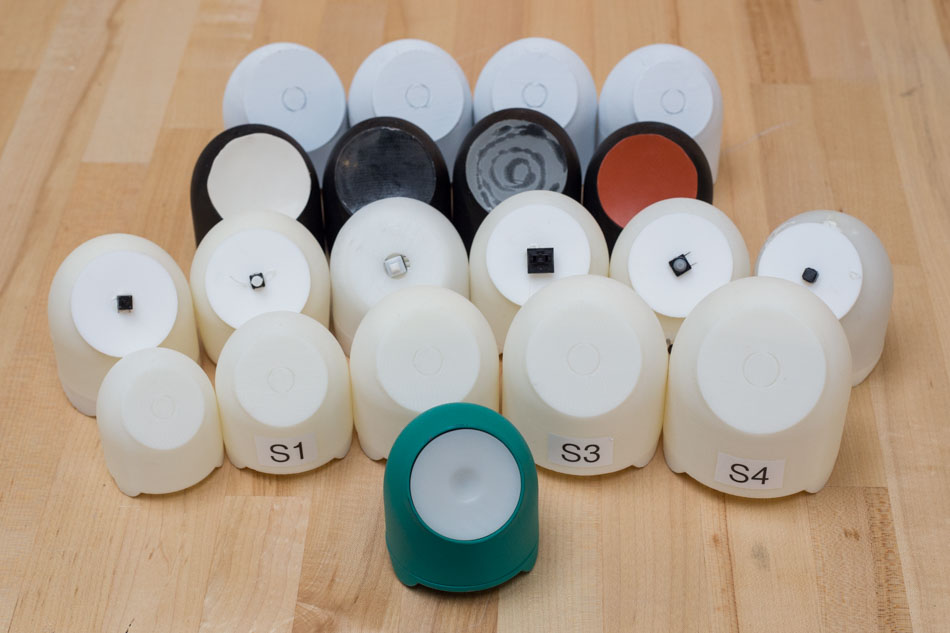
The way MOTI communicates is through light, haptics, and sound. Light happens with color, pattern and animation. Haptics comes in with the vibration you feel when you touch MOTI—there are no limbs, appendages or moving parts, so “that little bit of vibration suggests MOTI is alive,” says Laura, “and you get a nice shot of dopamine when you push MOTI’s button.”
The sound, explains Kayla, is non verbal—“because there is a greater chance of a robot disappointing or alienating you if it has the wrong voice or diction.”
All of these elements are being tested vigorously by the MOTI team for the optimal configurations.
“The more recent research we did was with 2,000 people who wanted to be a part of our beta program,” Laura tells us. “From those, we selected 35 individuals to work with more closely, and that has greatly influenced the way we designed MOTI.”
A device with personality
MOTI comes with three different personality packs: encouraging MOTI, sad MOTI, and drill sergeant (or tough love) MOTI. When you first get your MOTI, you connect it with its own dedicated app to set it up. You choose the habit you want to integrate into your daily routine—or one you just want to improve. You can also select your preferred sound and color scheme—and you decide whether your MOTI is a “he” or a “she.”
“At the end of the day,” says Kayla, “customizability is key because it drives deeper bonding and ownership and that ‘just for me’ feeling.”
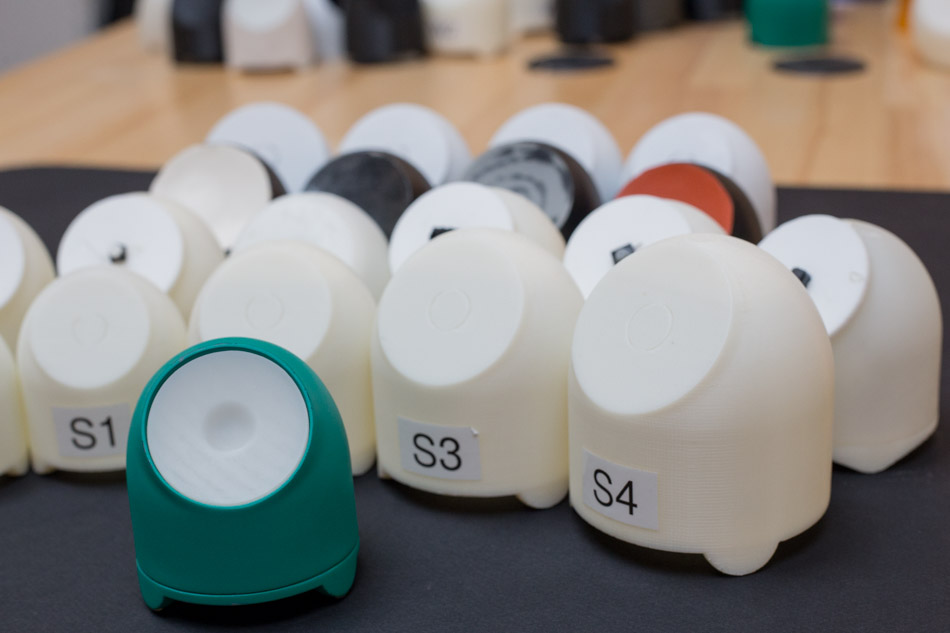
As for those good habits you want to form, Kayla and Laura’s advice is to start small, with a habit that’s small, actionable, and (ideally) tied to an existing routine. They’ve even devised a short quiz to determine what people’s emotional baseline might be, which helps recommend which MOTI to activate: encouraging, sad, or the tough-love version.
The plan is to introduce more personalities in the future, but for now, the founders have determined that these personality types are the most basic and suit the greatest number of people.
“We’re working on a backend machine-learning engine to help determine which motivational learning bucket users fall into,” says Kayla. “We’re aware people might need more personalities than these first three. We’ll know more once we launch [this fall].”
Crossing borders
It’s natural that a company based here in the U.S. would cater to U.S. audiences. But habits are a human thing, regardless of cultural, social, racial, or other markers. Does the MOTI team plan on expanding to other territories at some point in their future?
Laura explains that there’s more to it than might meet the eye.
“From a hardware perspective, you deal with differing shipping, tax, and other requirements and regulations, so for now we’re staying in the U.S., and later possibly branching out to the UK and Canada,” she says. “Then there are the purely cultural issues—we learned, for example, that in China, the color red is considered to be really positive, whereas here, we associate it with anger. It can also be very personal: One of our users, for example, does not like the color green, at all. So we need to enable people to customize as many aspects of MOTI as we can.”
“Asian markets are really into robots,” adds Laura. “They have therapeutic robots for elderly patients, digital pets for dementia patients. We have to choose our markets depending on where it’s most likely to make sense for us to introduce MOTI. So yes, we think a lot about this.”
Lasting impact or just another toy?
The ultimate impact of a device like MOTI remains to be seen. It might, in fact, depend on the cultural and social context of the market into which it is introduced, as well as the overall acceptance of robots designed to interact with humans, but the founders remain bullish on MOTI.
“If you can relate to a device, and that device can become your buddy,” says Kayla, “it will have a bigger impact on your behavior than an app or a phone. MOTI’s entire existence is to help you be your better self.”
One thing is true for humans everywhere: We could all use a little help with our habits.
—
Update 9/30/16: Check out Moti’s Kickstarter campaign here!








